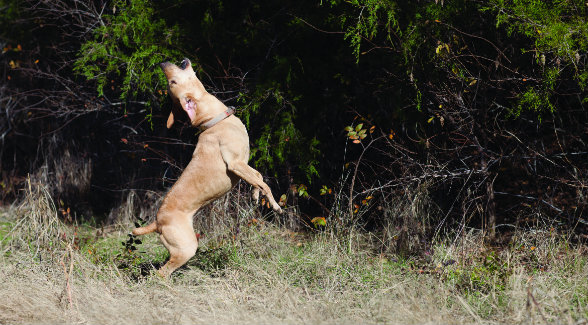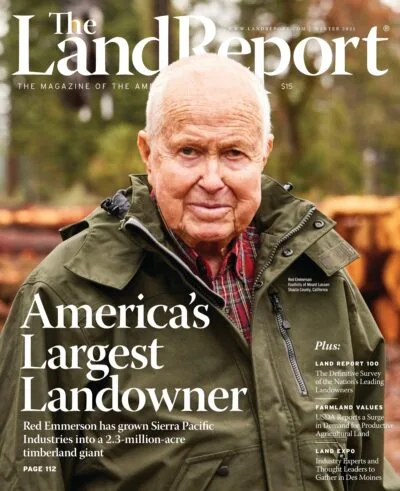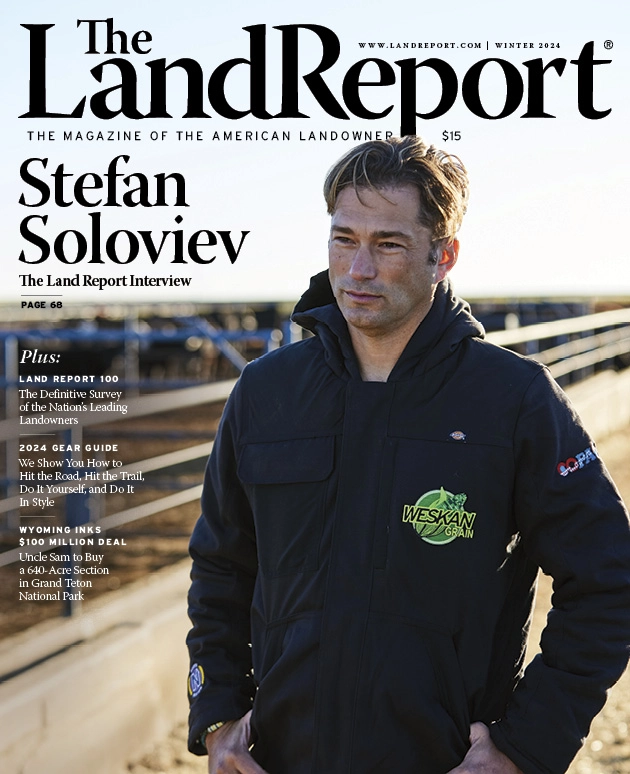Land’s Best Friend: The Mountain Cur
Land’s Best Friend: The Mountain Cur
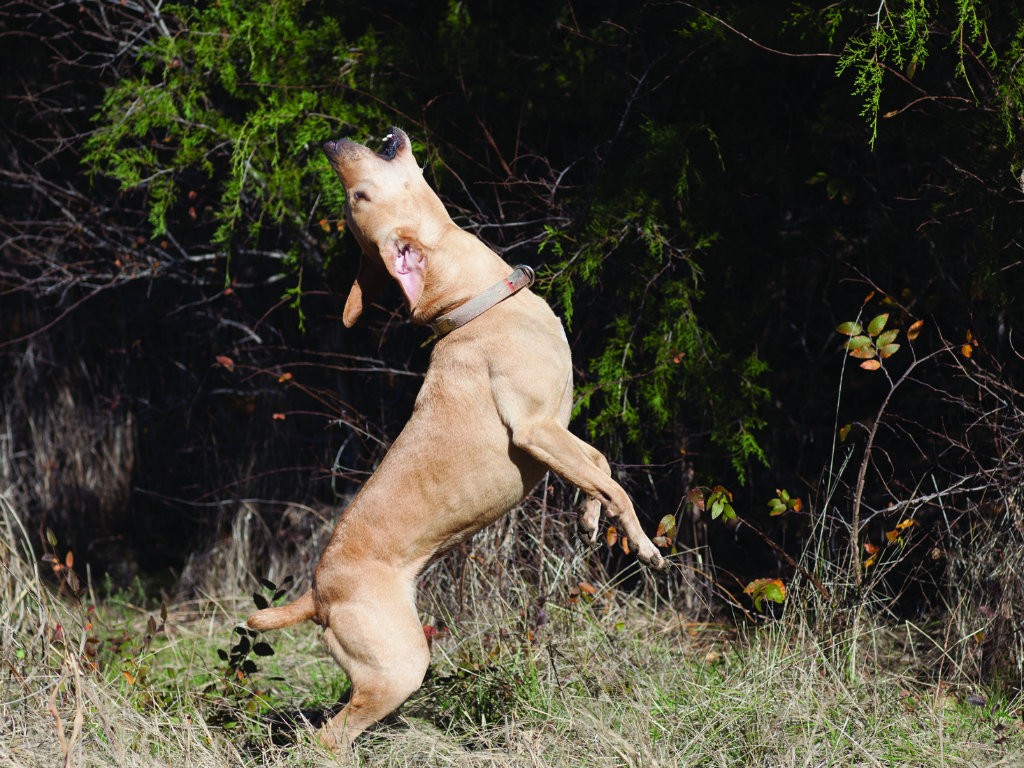
MountainCur_fi

Don’t mistake this bobtailed working dog for a low-born mongrel.
Medieval peasants relied on versatile, workaday dogs to herd livestock and help poach game from feudal masters. Since they paid a dog tax based on the length of the dog from the tip of the nose to the end of the tail, peasants cut costs by cutting tails – or “curtailing.” A “cur” was a bobtailed working dog – not a low-born mongrel.
Naturally, settlers from Western Europe brought their curs to North America. Through selective breeding, curs became more tree-oriented as meat- and hide-minded frontiersmen discovered the utility of dogs interested in climbing game.
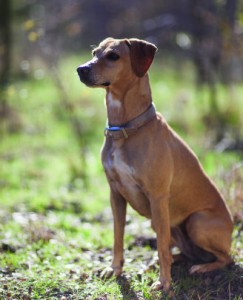
After World War II the type nearly disappeared. Fortunately, a few survived in the remotest reaches of the Mountain South until the 1950s, when devotees formed the Original Mountain Cur Breeders Association to preserve and strengthen the breed.
Well-bred pups train easily and possess keen prey drive and treeing instinct. Most retrieve readily from land and water.
Do:
- Make your pup a member of the family. Mountain curs form extremely tight bonds.
- Take your pup on romps in the woods as soon as she has finished her vaccinations.
Don’t:
- Expect an uninitiated adult cur to distinguish between a house cat and a bobcat. Socialize your puppy, or she’ll want to kill Tabby.
- Allow children to roughhouse with your puppy.


